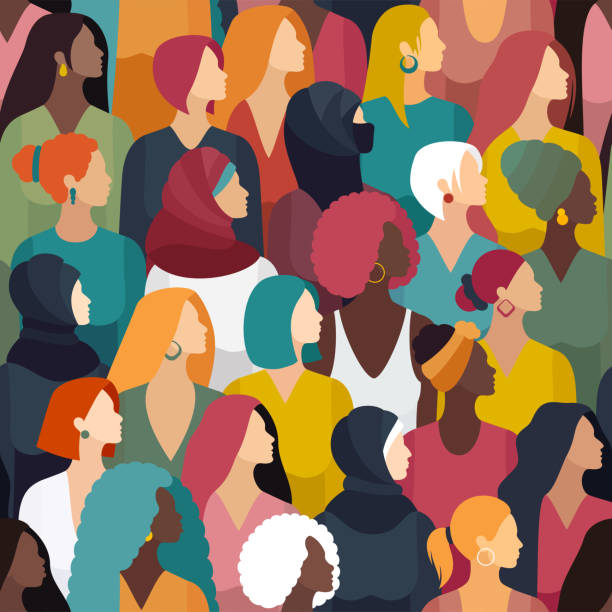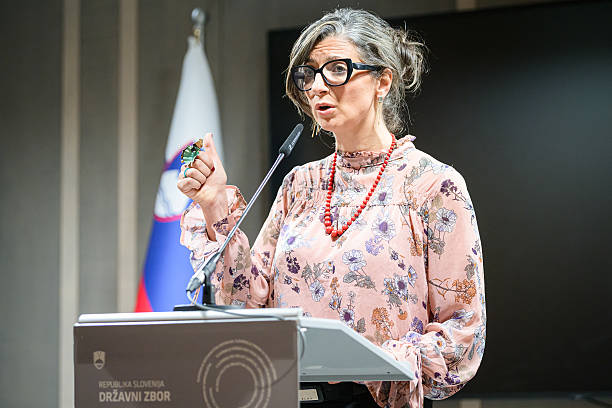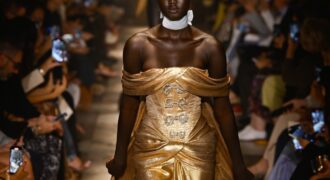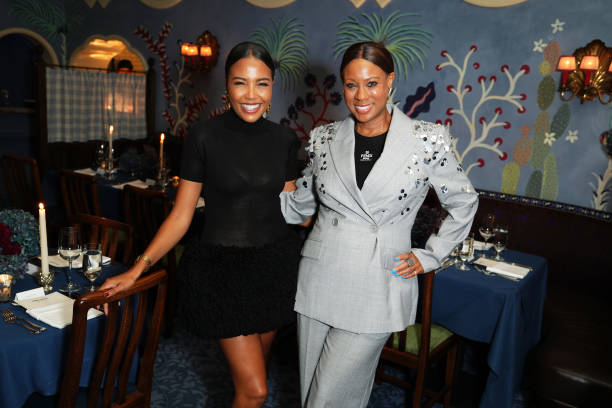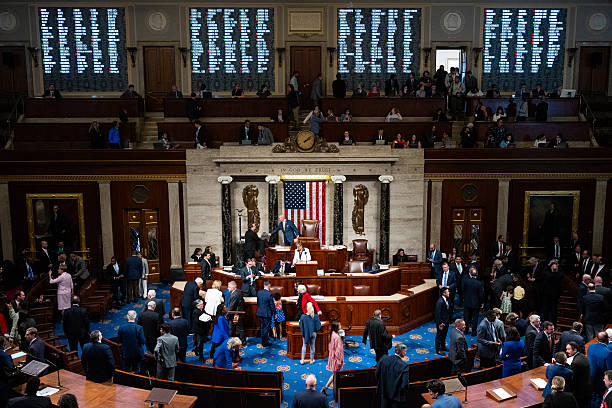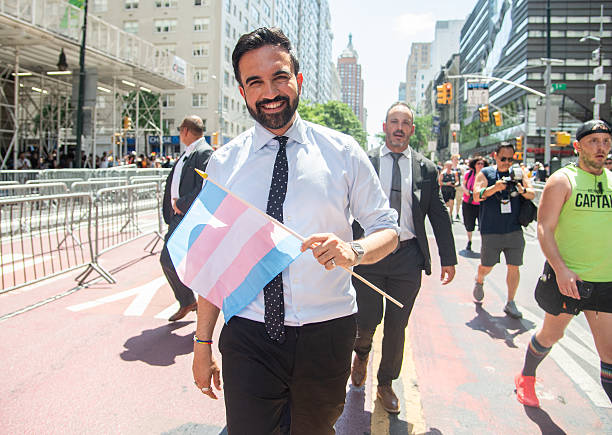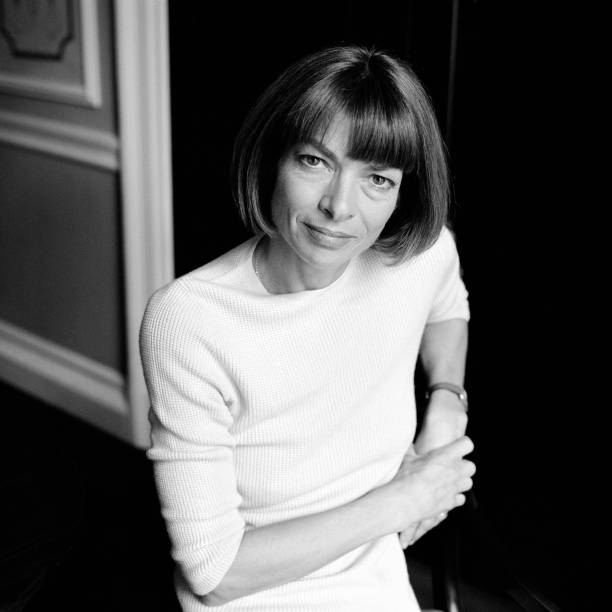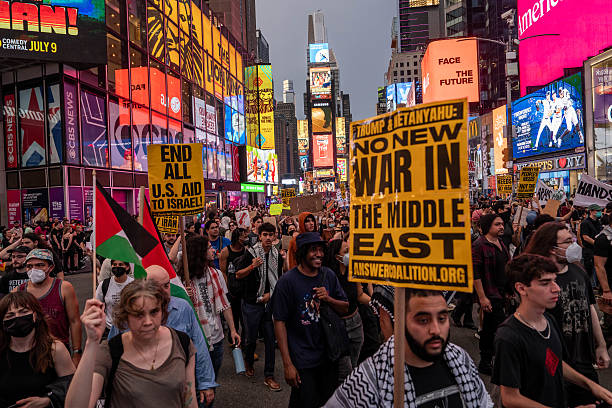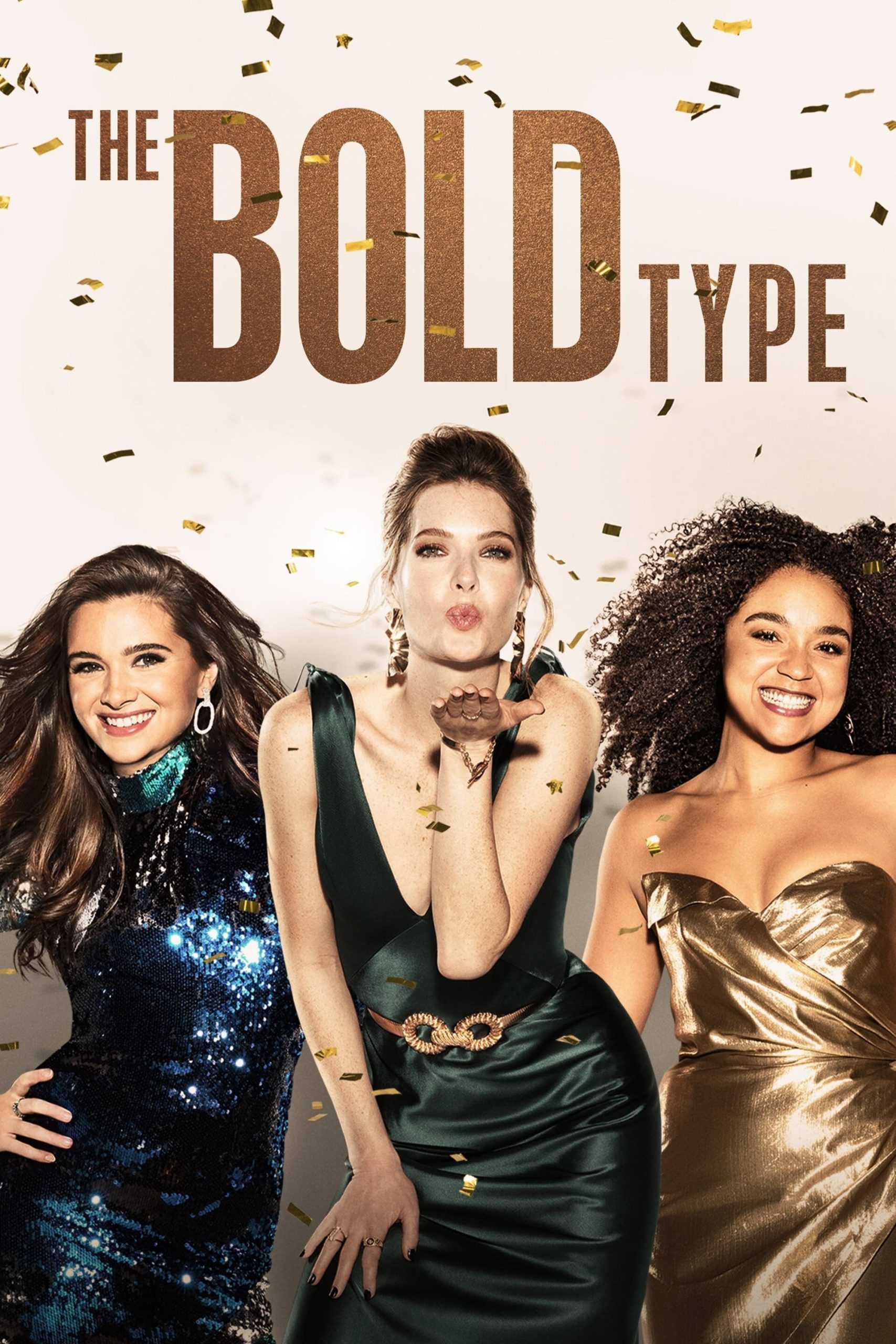By: Sahra Mohamed
After watching Barbie, I found myself reflecting deeply on whether the film truly captured the essence of feminism in today’s society. The movie touched on critical issues like sexism and the importance of showcasing educated women. Midway through the film, I noticed a shift in the narrative, women were portrayed as using their bodies to seduce men, not their intelligence to regain power and autonomy. This shift felt problematic, especially considering the feminist message the movie was trying to convey. The main character, Barbie, who we’re meant to root for, is a white, cisgender woman. Her tears of equality seem to symbolize the struggles of women as a whole, but do they really represent the marginalized groups who have historically been neglected or excluded from the feminist movement?
The passionate speech delivered by America Ferrera’s character was written by Greta Gerwig. While it resonated with many viewers, I would argue that it fell short of addressing the deeper and more intersectional issues that women, especially women of color face. As compelling as the speech was, it seemed to be more surface level than transformative. Although the speech was delivered by a Latina woman, it addressed issues that women in general face while neglecting the complex realities that marginalized women, including Latinas, experience on a daily basis.
The Reality of Intersectional Feminism
Modern day feminism, in its most effective and inclusive form, must confront these uncomfortable truths. According to the National Institute of Health, both Black and White women are devalued based on their gender. However, Black women face additional challenges due to the intersection of racism and sexism, a concept known as the double jeopardy theory. This double marginalization leaves Black women vulnerable to both sexism and racism, creating a social space where they experience higher rates of sexual harassment, discrimination, and barriers to career advancement. Black women experience greater health disparities compared to other groups, even when accounting for socioeconomic status, indicating that systemic issues like racism and discrimination contribute to these inequities.
The Economic Policy Institute highlights a disparity in the U.S. labor market, where Black workers, especially women, face much higher unemployment rates compared to their White counterparts. This systemic inequality has been documented for decades and continues to be a persistent issue with significant consequences for economic stability.
When we look at feminist icon Angela Davis, her powerful speeches remind us of the need for a broader, more inclusive understanding of feminism. She once said, “Standards for feminism are created by those who have already ascended the economic hierarchy and are attempting to make the last climb to the top. How is this relevant to the women who are at the very bottom?” She’s emphasizing that the feminist movement shouldn’t just be about the issues of those who have already attained some form of privilege. It’s also about those at the bottom, the working class women, women of color, and queer women who have been consistently left out of the mainstream feminist narrative.
Davis also famously said, “Diversity is not enough; we do not wish to be included in a racist society.” This sentiment captures the limitations of feminism that merely aims for token representation without addressing the deeper issues of inequality, racism, and exclusion.
The Roots of Feminism and Its Evolution
Looking back at the history of feminism, we see that the first wave of the feminist movement in the 19th century primarily focused on women’s voting rights. While it’s important to note, this movement failed to include women of color or address the needs of marginalized groups. The Black Feminist Movement, which gained prominence in the 1960s and 70s, emerged as a response to this exclusion. Black feminists like Audre Lorde and Bell Hooks challenged the white centric feminist frameworks of the time, emphasizing the importance of recognizing the intersectionality of race, gender, and class.
As Lorde poignantly said, “White women fail feminism in their refusal to recognize differences and to examine the distortions which result from misnaming them.” This critique is crucial in understanding how mainstream feminism often overlooks the nuanced struggles of black, queer and working class women, leaving many feeling alienated from the movement.
Angela Davis, again, calls for a feminism that truly understands intersectionality. She argues that today’s feminism must include not just gender equality, but a full understanding of race, class, and other forms of social oppression. As she reminds us, feminism cannot just be about women who have already achieved a certain level of success, it must be about everyone, especially those who are the most marginalized.
The Performative Nature of Modern Cinema
The performative activism seen in films like Barbie can send a misleading message to audiences. When the experiences of marginalized groups are watered down or reduced to token representation, it minimizes their struggles and makes them appear less urgent. This kind of superficial storytelling risks doing more harm than good, as it can perpetuate the idea that the fight for equality is over or that the struggles of people of color can be fixed with a few lines of dialogue or a well delivered speech.
If Barbie truly wanted to redefine feminism, it might have been more impactful to feature a woman of color as the lead character. Their stories and perspectives are just as important and it will reflect a modern day feminism. By centering the experiences of women of color, the film could have sparked a much needed conversation about the real, ongoing struggles that are often overlooked in mainstream feminist narratives.
Feminism today is at a crossroads. While there has been significant progress, the movement still has a long way to go. True equality cannot be achieved without addressing the intersecting forms of oppression that women of color face. Barbie may have sparked conversations about gender equality, but it also highlighted the need for a more inclusive, intersectional feminism that addresses the complexities of race, class, and other forms of marginalization. If feminism is to be truly transformative, it must evolve to being more than just a movement for the privileged. It must be a movement for all women, especially those who have been historically excluded.


